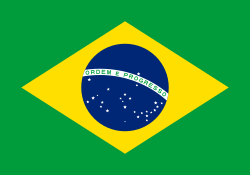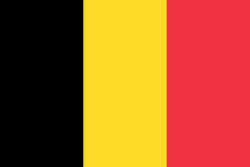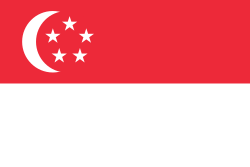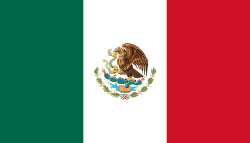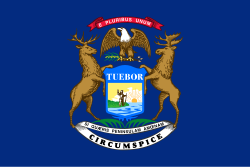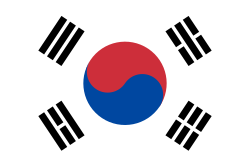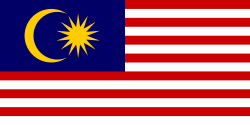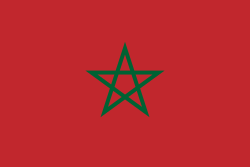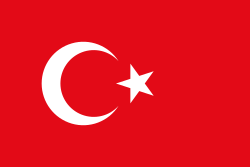Europas Grand Prix
 | |
|---|---|
| Baku City Circuit |
Europas Grand Prix är en deltävling i formel 1-VM som körts på banor i Storbritannien, Spanien och på Nürburgring i Tyskland. Anledningen till att det senare inte kallades Tysklands Grand Prix var att varje land numera bara får ha ett grand prix.
Den första tävling som betecknades Europas Grand Prix var Belgiens Grand Prix 1925. Fram till 1977 var Europas Grand Prix en hederstitel som gavs ett av säsongens europeiska lopp. Europas Grand Prix blev en fristående deltävling 1983. Säsongen 2007 ersattes Tysklands Grand Prix av Europas Grand Prix. Säsongen 2008 återkom Europas Grand Prix som ett stadslopp i Valencia i Spanien, där det planerades att köras under sammanlagt sju säsonger men enbart fem lopp genomfördes fram till och med 2012. Säsongen 2016 kördes Europas Grand Prix på stadsbanan Baku City Circuit i Baku, Azerbajdzjan, från säsongen 2017 kallas tävlingen istället Azerbajdzjans Grand Prix. Europas GP utgick därmed ur F1-kalendern 2017 och har inte återvänt sedan dess.
Vinnare Europas Grand Prix
Europas Grand Prix som hederstitel
Ljusröd bakgrund betyder att loppet inte ingick i formel 1-VM.
Referenser
Externa länkar
| ||||||||
Media som används på denna webbplats
The Flag of Europe is the flag and emblem of the European Union (EU) and Council of Europe (CoE). It consists of a circle of 12 golden (yellow) stars on a blue background. It was created in 1955 by the CoE and adopted by the EU, then the European Communities, in the 1980s.
The CoE and EU are distinct in membership and nature. The CoE is a 47-member international organisation dealing with human rights and rule of law, while the EU is a quasi-federal union of 27 states focused on economic integration and political cooperation. Today, the flag is mostly associated with the latter.
It was the intention of the CoE that the flag should come to represent Europe as a whole, and since its adoption the membership of the CoE covers nearly the entire continent. This is why the EU adopted the same flag. The flag has been used to represent Europe in sporting events and as a pro-democracy banner outside the Union.The civil ensign and flag of Belgium. It is identical to Image:Flag of Belgium.svg except that it has a 2:3 ratio, instead of 13:15.
Författare/Upphovsman: F l a n k e r, Licens: CC BY-SA 2.5
Flag of the Kingdom of Sardinia (1851-1861) and of the Kingdom of Italy (1861-1946). Use: Civil flag and ensign. In a governmental or a military context, the crowned version (see Crowned version) was always used (as State flag and naval ensign).
Författare/Upphovsman: F l a n k e r, Licens: CC BY-SA 2.5
Flag of the Kingdom of Sardinia (1851-1861) and of the Kingdom of Italy (1861-1946). Use: Civil flag and ensign. In a governmental or a military context, the crowned version (see Crowned version) was always used (as State flag and naval ensign).
Flag of the State of Nevada. The flag is described in Nevada Revised Statutes Chapter 235, Sec. 20 as follows: The body of the flag must be of solid cobalt blue. On the field in the upper left quarter thereof must be two sprays of Sagebrush with the stems crossed at the bottom to form a half wreath. Within the sprays must be a five-pointed silver star with one point up. The word “Nevada” must also be inscribed below the star and above the sprays, in a semicircular pattern with the letters spaced apart in equal increments, in the same style of letters as the words “Battle Born.” Above the wreath, and touching the tips thereof, must be a scroll bearing the words “Battle Born.” The scroll and the word “Nevada” must be golden-yellow. The lettering on the scroll must be black-colored sans serif gothic capital letters.
Flag of Portugal, created by Columbano Bordalo Pinheiro (1857–1929), officially adopted by Portuguese government in June 30th 1911 (in use since about November 1910). Color shades matching the RGB values officially reccomended here. (PMS values should be used for direct ink or textile; CMYK for 4-color offset printing on paper; this is an image for screen display, RGB should be used.)
Flag of South Africa, used between 1928 and 1982. It is identical to the 1982 to 1994 version except that the shade of blue is darker. It is also known as the "Oranje-Blanje-Blou".
Författare/Upphovsman: HumanBodyPiloter5, Licens: CC0
A map of the Formula One motor circuit in Baku as it was used for the 2016 European Grand Prix and the 2017, 2018, 2019, and 2021 Azerbaijani Grands Prix. This map is valid for races which use this layout and corner numbering scheme, please upload a new file for races which use different layouts or corner numbering schemes rather than replacing this file. As this is a free-hand map drawn by an enthusiast rather than a professional cartographer's work it may contain some errors, although checking it against other maps it appears accurate enough for most purposes. The track is shown in black with a grey outline, while the pit lane is shown in blue. A scale showing the length of one kilometre (with increments of 100 metres) is given, to allow viewers to contextualise and understand what they are looking at. Corner numbers and other important text is given an off-white background to avoid transparency issues rendering it illegible on certain devices. A line with a chequered flag pattern crossing the track and pit lane shows the location of the start/finish line also known as the control or timing line; while the location of pole position is indicated by a white line, crossing only the track, marked with a large mauve arrow, which indicates the direction of travel. The salmon arrow marked "N" shows the direction of north.



